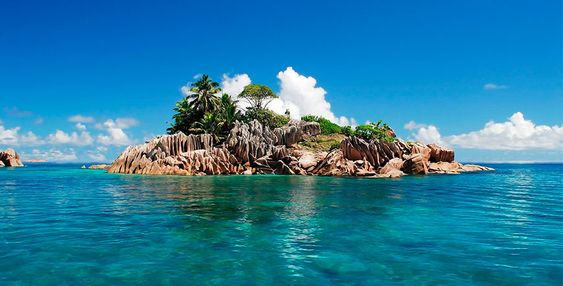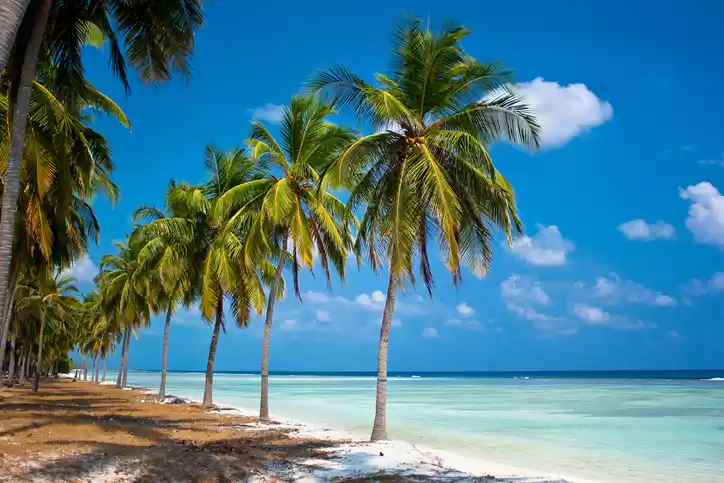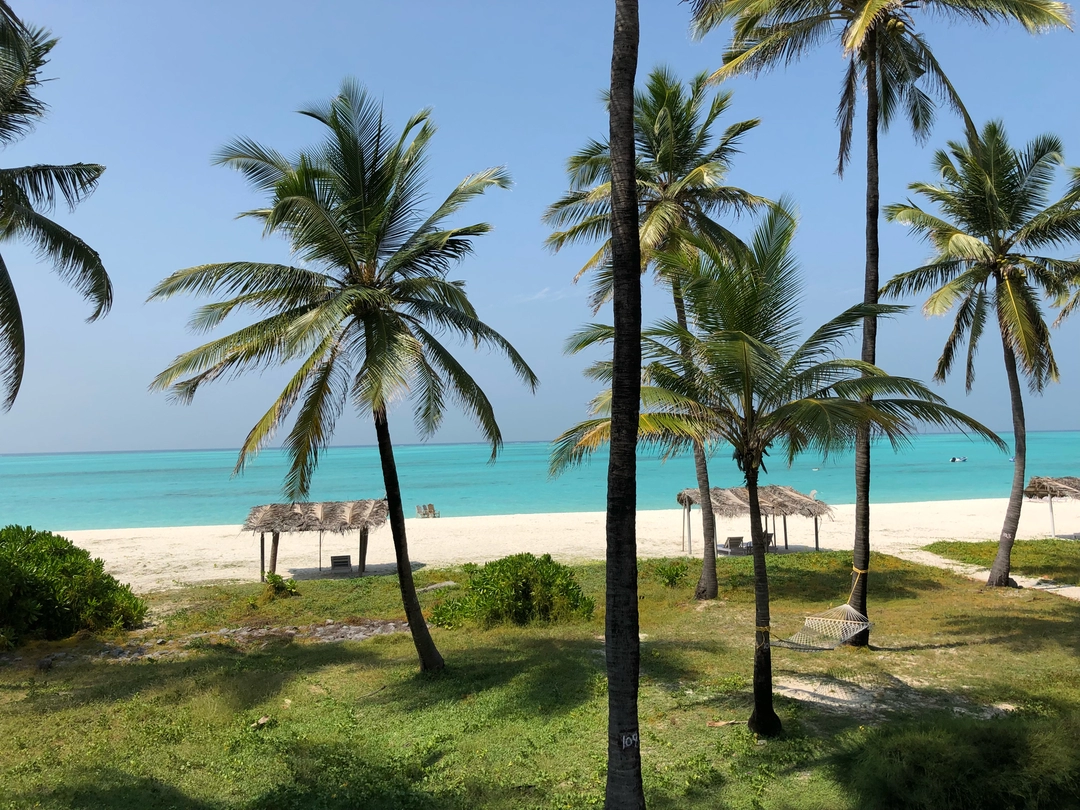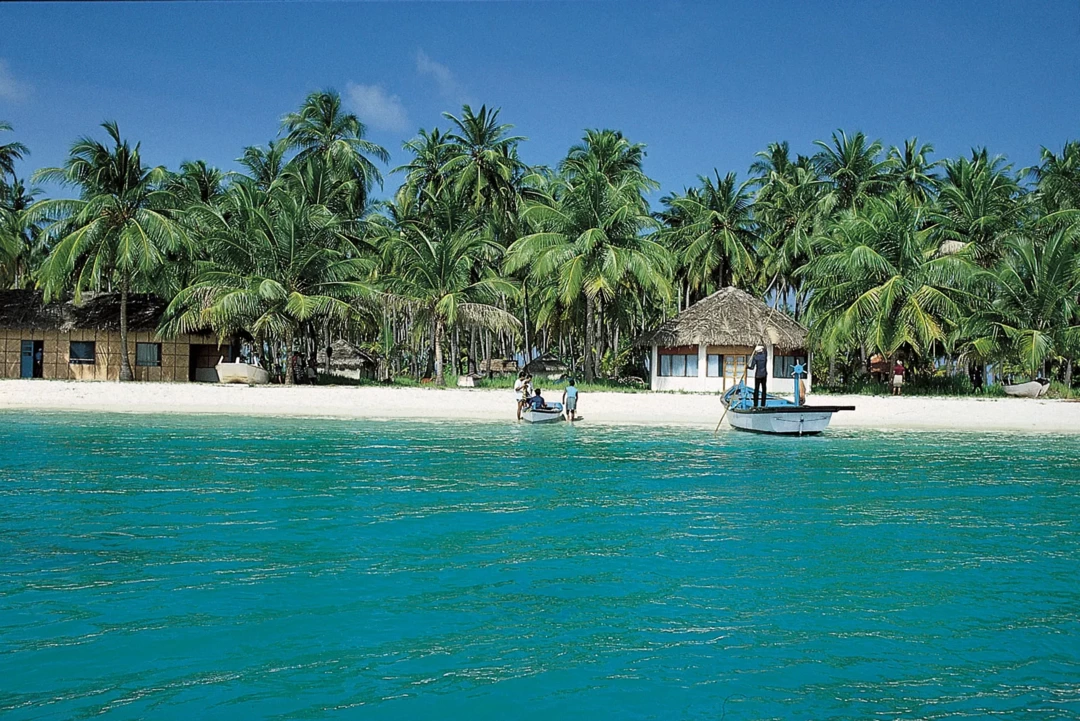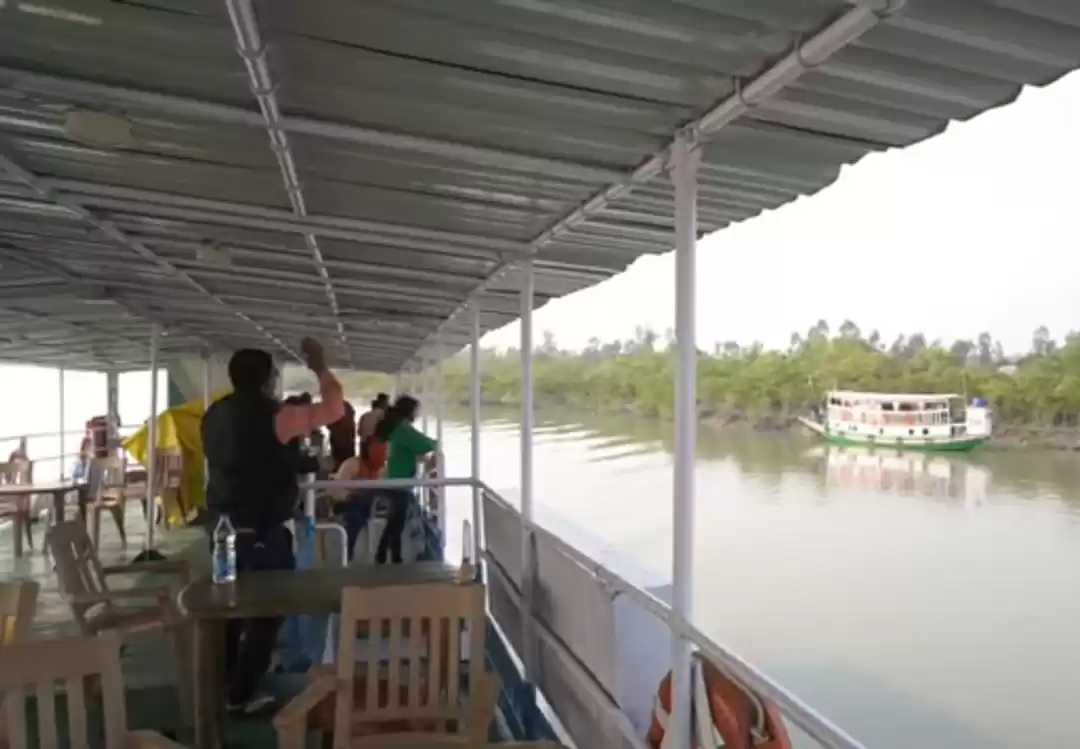Amazon rainforest is burning, ice sheets in Greenland are melting, deserts are flooding, and cyclones, landslides and droughts have become rampant. This is not the plot of a futuristic sci-fi flick, but these are the headlines on newspapers daily. If you are a woke millennial, you would have already shared a story of the crisis in Brazil, and tried to solve the issue. But if you want to take a step further, we would like to draw your attention towards some tourist places in the world that are slowly losing away their existence to environmental degradation.
These places may not exist in the near future:
1. Majuli Island, Assam
Once declared the largest riverine island in the world, Majuli has been reduced to half of its area by 2019. Every year the river Brahmaputra erodes a part of the island, forcing people to evacuate and find higher grounds.

2. Ram Sethu, Tamil Nadu
Ram Sethu (Adam's Bridge) holds a religious significance for the Indian subcontinent, and is a visual reference for our ancient epics. However, this bridge that joins Sri Lanka with India may be completely lost in the future to the rising sea level, and get submerged in water as the mythological city of Dwarka in Gujarat.

3. Valley of Flowers, Uttarakhand
Once difficult to reach Valley of Flowers has now become accessible to tourists, and the massive influx of humans in the region has resulted in changes in the environmental conditions. And even though the national park is a protected region where pollution is curbed, the mere presence of humans can be fatal enough. Many flowers including the popular Brahmakamal are not blooming in abundance any more, and it might happen in the future that there are no significant blooms in the valley.

4. Lakshadweep Coral Reef
Corals are extremely sensitive to the changes in temperature and salinity of water. Moreover, illegal coral mining has also caused much damage to the coral reefs in Lakshadweep. The mortality rate of corals around Bangaram atoll in Lakshadweep is about 90%. As such, all the corals may be lost within a decade. Apart from the corals, the rising sea water has already devoured one of the islands of Lakshadweep called Parali I.

5. Sunderbans, West Bengal
About 40% of the Sunderbans is a part of India, the rest belongs to Bangladesh. Barrages and Hydel projects in the Indian part have resulted in changes in the salinity of water, beyond that fishing and hunting have also become responsible for the degradation of the mangroves. Ghoramara, an island in the Sunderbans, is already on the verge of disappearance because of increasing sea level.

6. Wular Lake, Kashmir
The largest fresh water lake in India is not on top of the bucket list for people visiting the state, and yet, the lake is degrading. This is an unusual case of natural cannibalisation. The willow trees surrounding the lake have actually restricted the flow of Wular's water into Jhelum, and cause heavy silting at the edges which is reducing the size of the lake. In a bit to preserve the lake, measures have been taken by the government to chop off the willow trees to let the lake expand.

7. Subarnarekha River, Jharkhand
While the neighbouring state Bihar floods every year, the rivers in Jharkhand are dying. Subarnekha is the only river in the state of Jharkhand that is mention-worthy, but it is hard to recognise it as a river anymore. In a few years, the river will disappear, as its mineral rich bed continues getting exploited by the mining industry.

8. Aarey Forest, Mumbai
Contrasting the views of narrow roads and cluttered buildings in Mumbai, Aarey forest was a unique landscape in the heart of the city. Unfortunately, in a few years, the jungle will give way to Mumbai Metro and other forms of urbanisation.

9. Munroe Island, Kerala
A very popular tourist destination, Munroe, had to suffer the wrath of nature as well as human activity. The construction of Thenmala dam stopped the supply of fresh water to the island. To add to the woes, the 2004 Tsunami washed away the mangroves which protected the island. The island is slowly submerging in the sea, and would be lost away soon.

10. The Lakes of Bengaluru
It is no longer a prediction or estimation, but actually Bengaluru has already lost about 90 lakes in the last three decades. Once known as the Garden City of India, Bengaluru's green roundabouts and smaller gardens gave way to buildings to contribute towards the Silicon Valley of India. Some of the major landmarks in Bengaluru such as the Majestic bus stand once used to be huge lakes. The lakes that still exist are heavily polluted and may soon be recognised as sewage dumps or will be taken up by a construction project to build houses.
Having read the article, you might be enticed to visit some of these places immediately. But we urge you not to travel to these places.
These places are already suffering because of tourism and human activity. The influx of tourists, however environmentally responsible they are, puts a pressure on the region in the form of garbage disposal and sanitation. It also changes the pattern of the interaction of wildlife with the nature, pushing them to the edges, causing an ecological imbalance. Hence, it is advisable that we leave these places to let them revive naturally, instead of visiting them to brighten up our Instagram handles.
Get travel inspiration from us daily! Save our number and send a Whatsapp message on 9599147110 to begin!
Think we missed out on something? Tell us about it in the comments below. Or write about it here on Tripoto and earn Tripoto Credits!





















